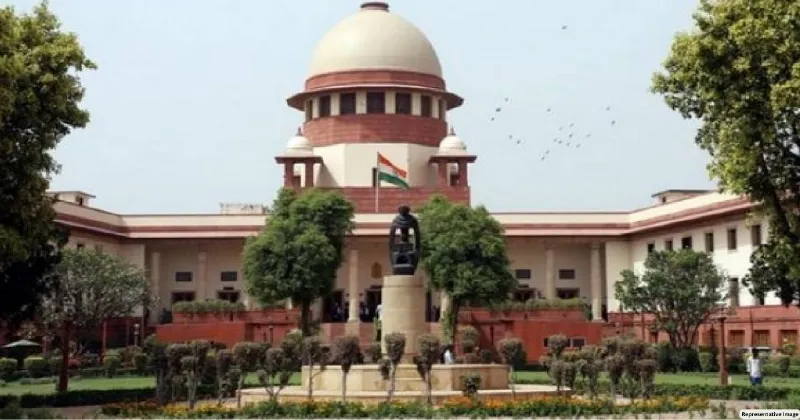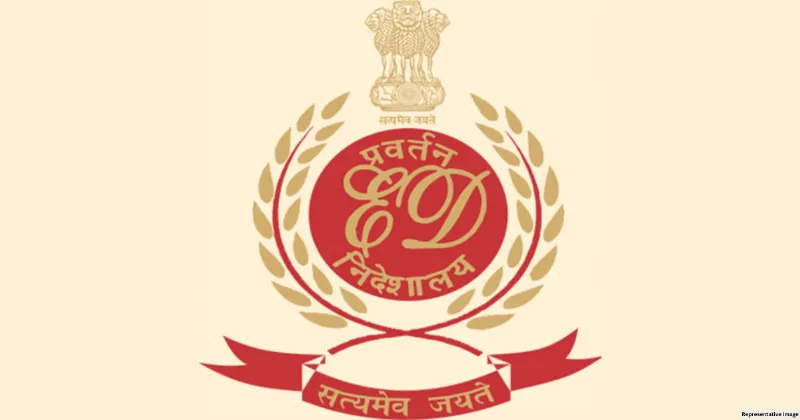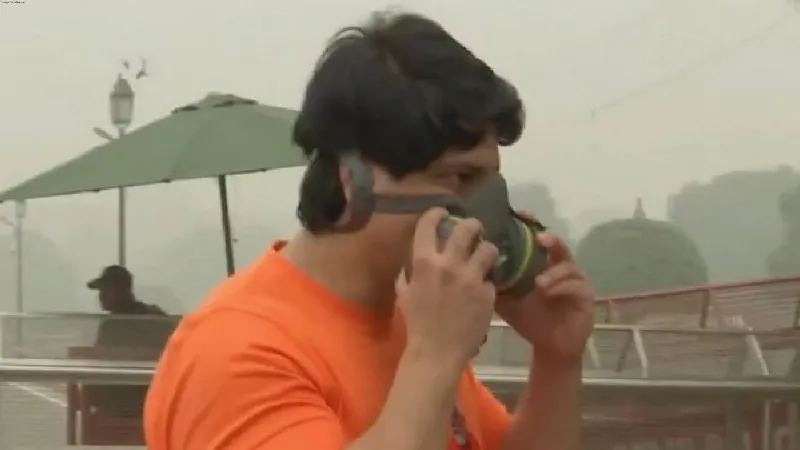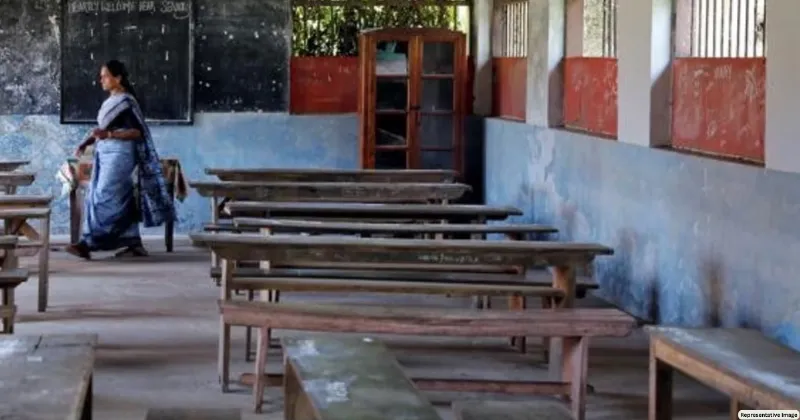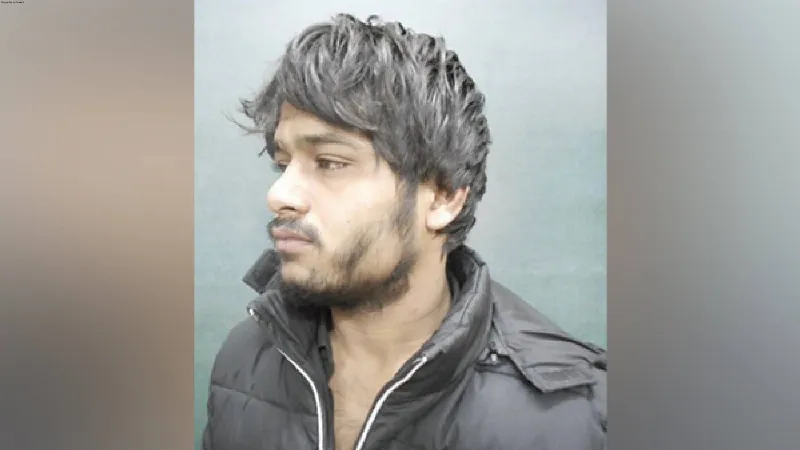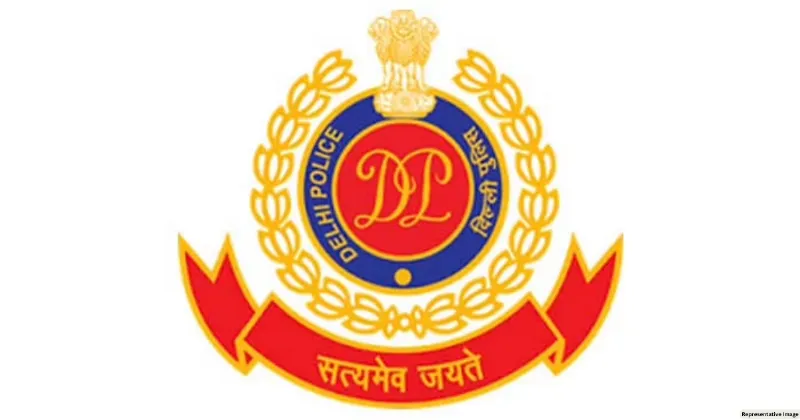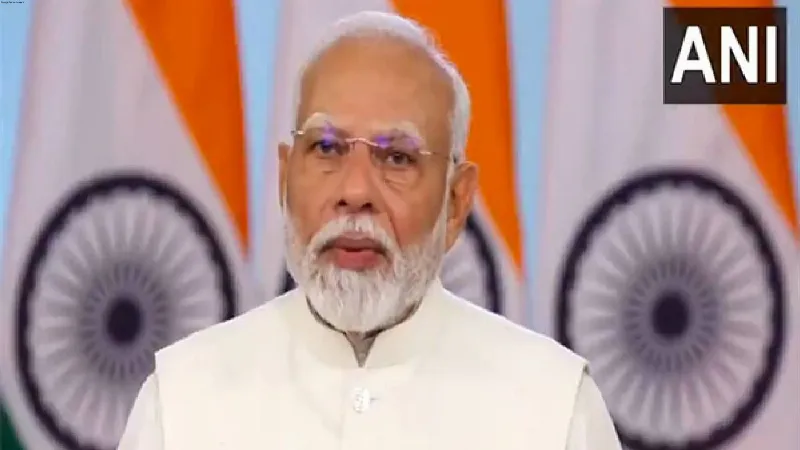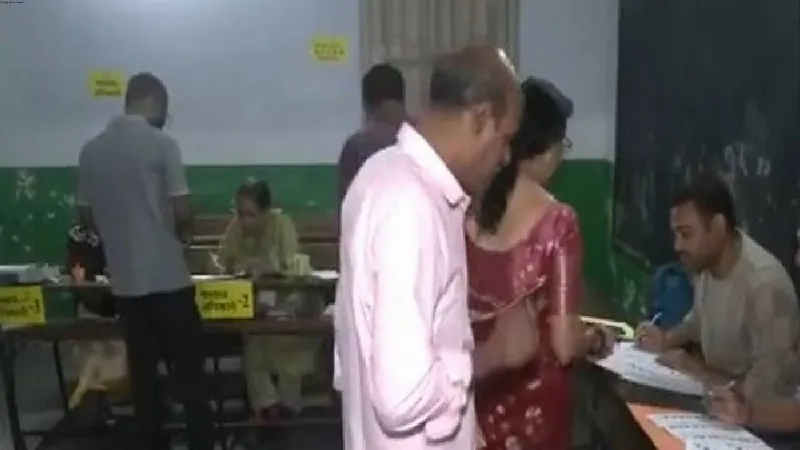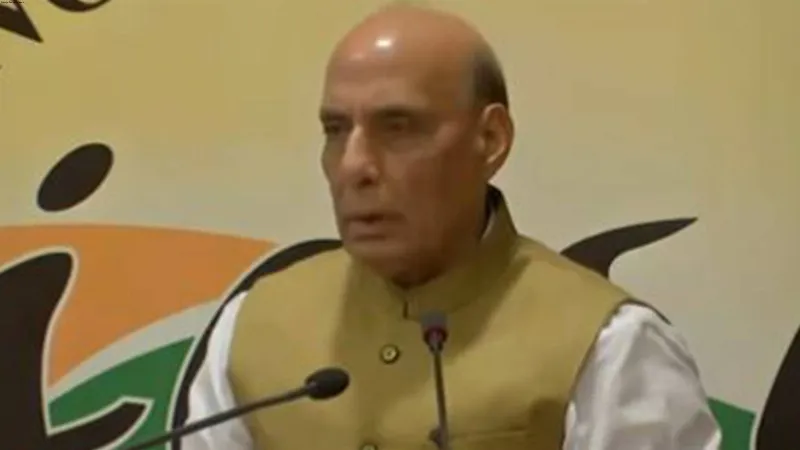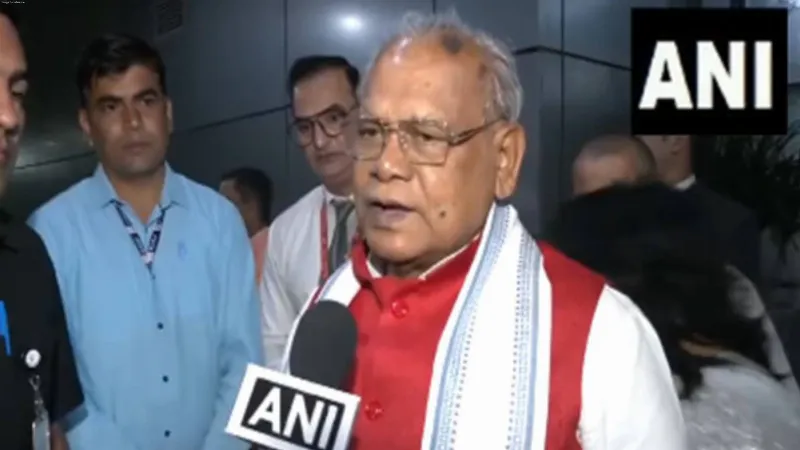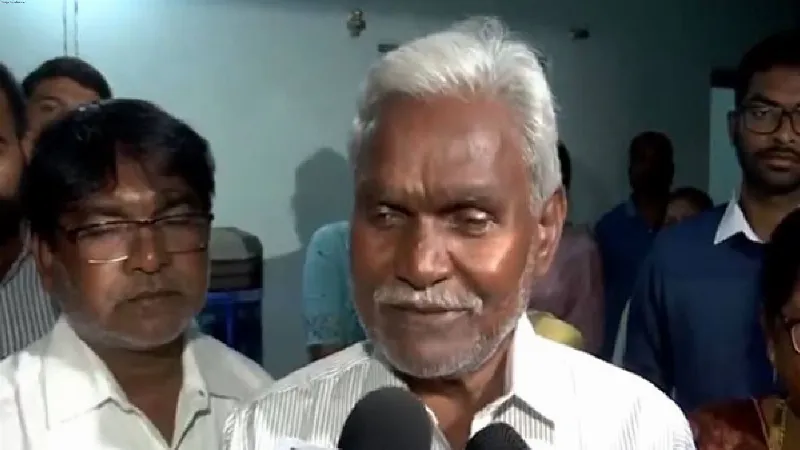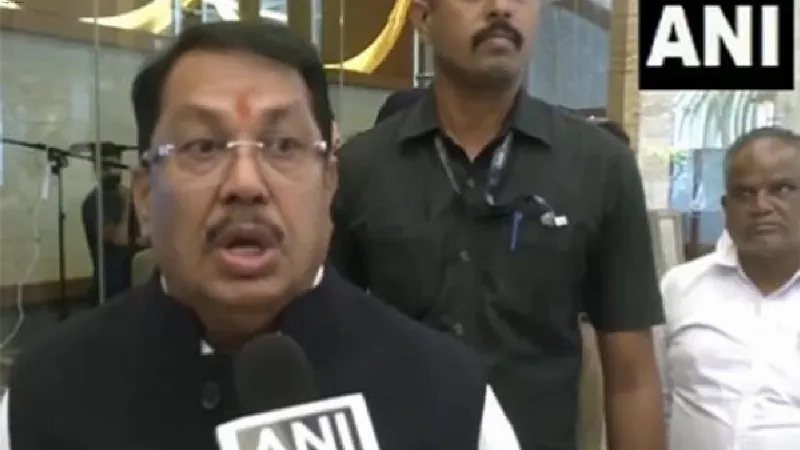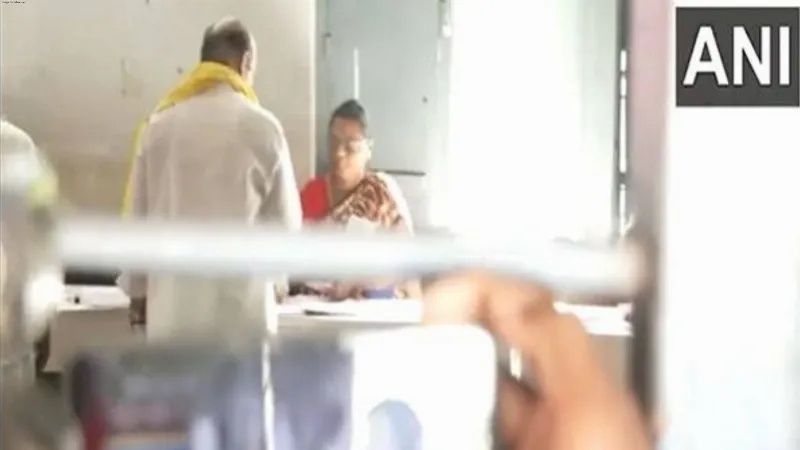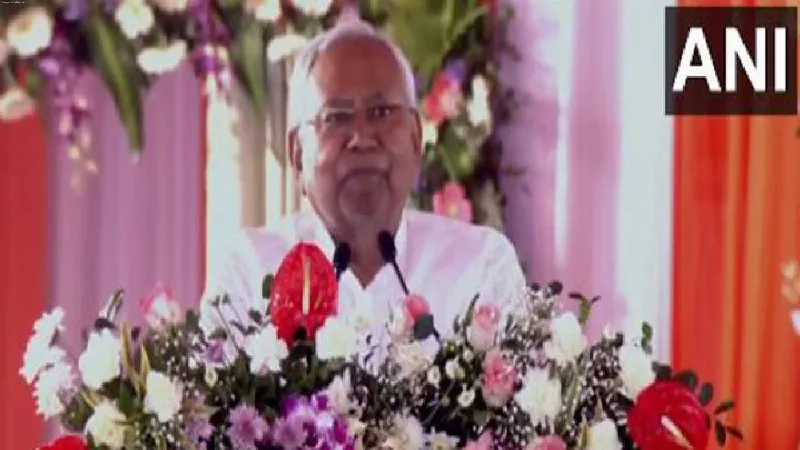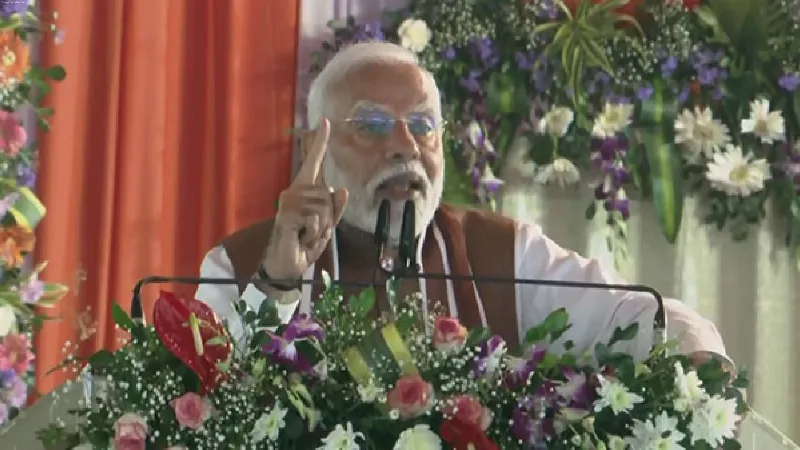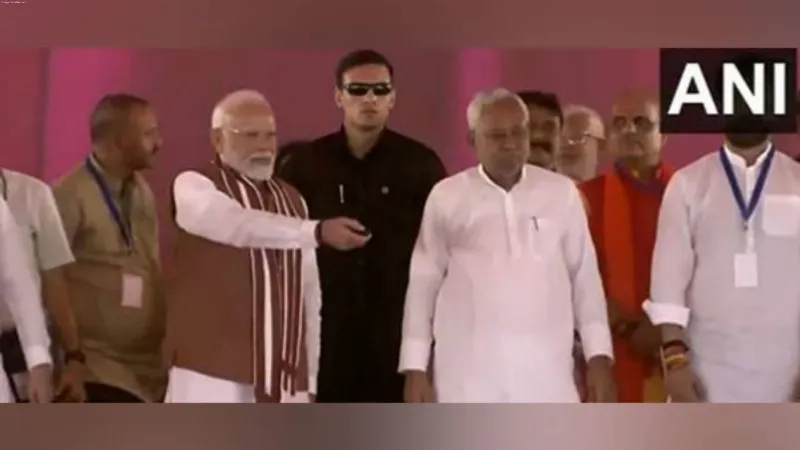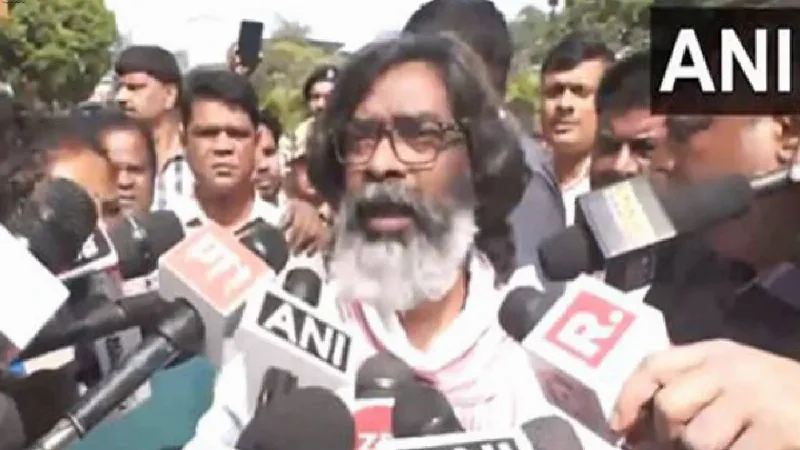Latest News
Delhi LG constitutes High-Level Committee to look into preventing unauthorized prison telephony

New Delhi: In the wake of illegal and unauthorised telephone communication inside the jails in the national capital, Delhi Lieutenant Governor VK Saxena has constituted a high-level committee for addressing the issue and to submit recommendations within a month.
A statement from the LG Office on Thursday read, "Delhi LG, VK Saxena has approved the constitution of a high-level committee to suggest ways and identify means to address the issue of illegal and unauthorized telephone communication in the jails in the National Capital. He has directed the Committee to submit its recommendations within a month." The statement read that the committee has been constituted under DG (Prisons), and it will explore suitable jamming solutions emerging in the market (in addition to the existing infrastructure) and their testing in prisons to check their effectiveness, in blocking incoming/outgoing calls, SMS' and data services in prison premises.
31 mobile jammers were installed in the Tihar and Rohini jails between the years 2008-2012. These jammers were effective in blocking 2G and 3G mobile signals, but after the introduction of 4G services in the country, these jammers became ineffective in blocking mobile signals and became unproductive. Because of this, the AMC of these 31 jammers were not renewed after November 2016, the LG office stated.
Subsequently, a committee constituted under the then DG (Prisons), GNCTD, proposed and decided on an alternate solution in the shape of a 'Harmonious Call Blocking System' (HCBS) for blocking 2G /3G/4G signals that could later also be suitable for 5G.
This entailed installing one or more "Special Tower" inside jail premises. These Towers for Harmonious Call Blocking System (T-HCBS), which follows a hybrid approach to jamming solutions were thereafter, installed in various prisons in Delhi, and despite being effective to a very large extent, could not prevent leakage in totality.
While the telecom service providers, could not provide a mechanism for real-time monitoring of the effectiveness of the installed T-HCBS', these towers were also causing a problem of blocking calls and data services of ordinary citizens living in the residential areas, around the jails. It was also learnt that if the dominant T-HCBS or the second layer tower fails to generate signals, the third layer tower can also provide signals for executing calls and therefore 100 per cent call blocking could not be achieved, the statement added.
Apart from this, the functioning of T-HCBS was also affected by various other factors such as the non-coverage of dark areas, shadow areas, multi-path propagation, fading and atmospheric conditions, etc. T-HCBS as a technical solution, while being effective, could not prevent unauthorized communications from prisons since it could not achieve 100 per cent blockage of signals due to the foregoing constraints.
"To address these concerns, based on the actual situation on the ground, a need was felt to explore various other existing and emerging jamming solutions to curb the menace of mobiles / SIM cards in the prisons and to ensure that no mobile communication is possible in jail premises, a High-Level Committee (HLC) has been proposed," the LG office stated.
The statement also mentioned that the High-level committee (HLC) in this regard constitutes; a DG (Prisons), a Delhi -Chairperson, a representative of NTRO, a representative of Intelligence Bureau (IB), a representative of DoT, a representative of Delhi Police, representative of IIT-Delhi, representative of CDOT, representative of SPG, and representative of DRDO. (ANI)


